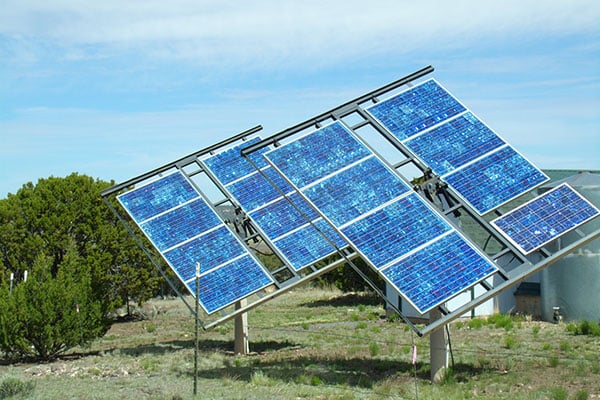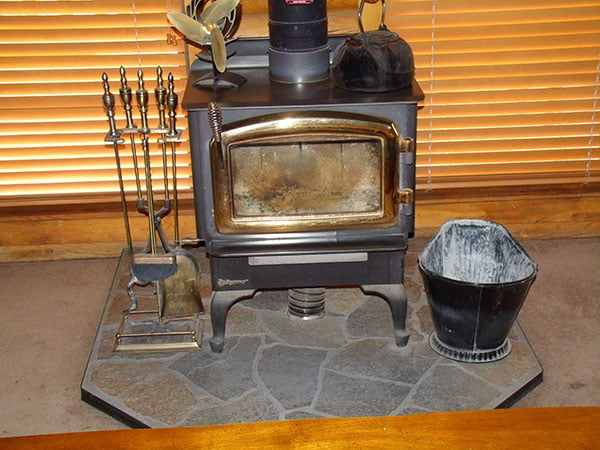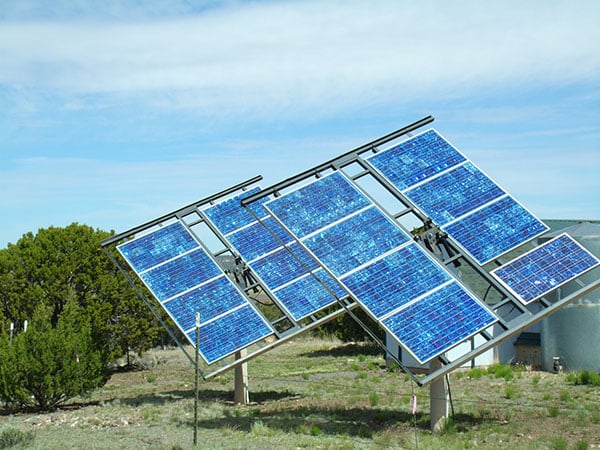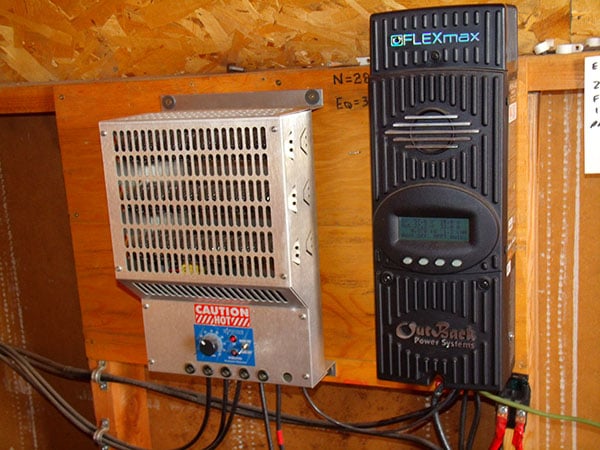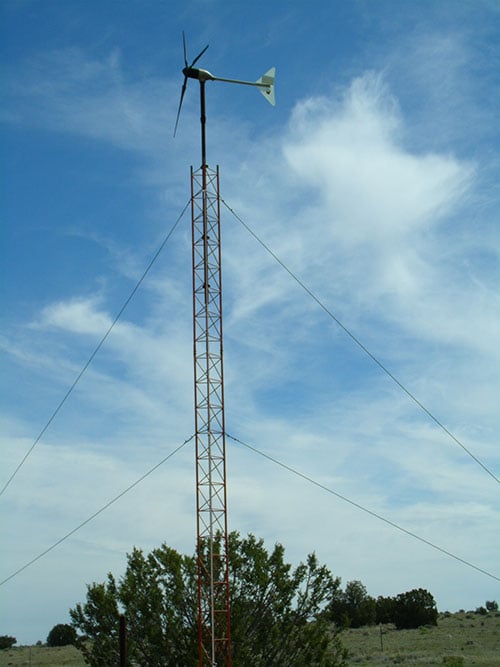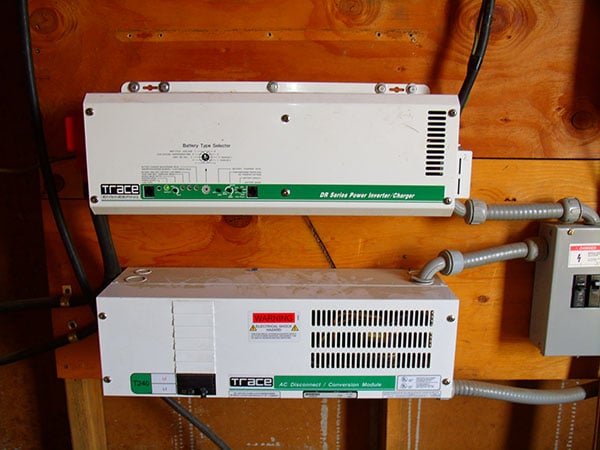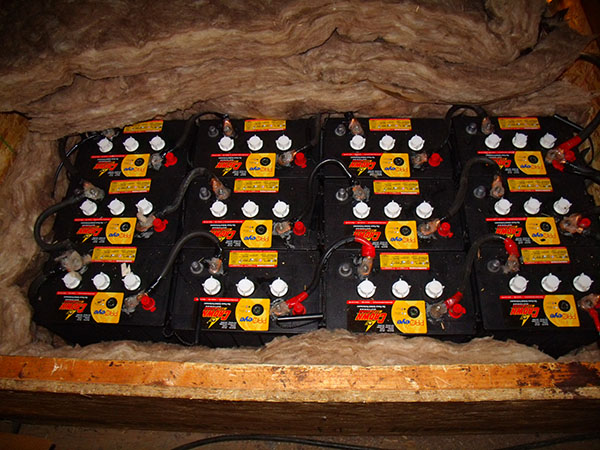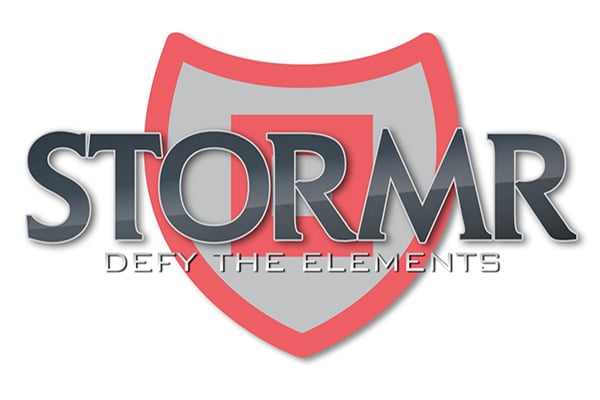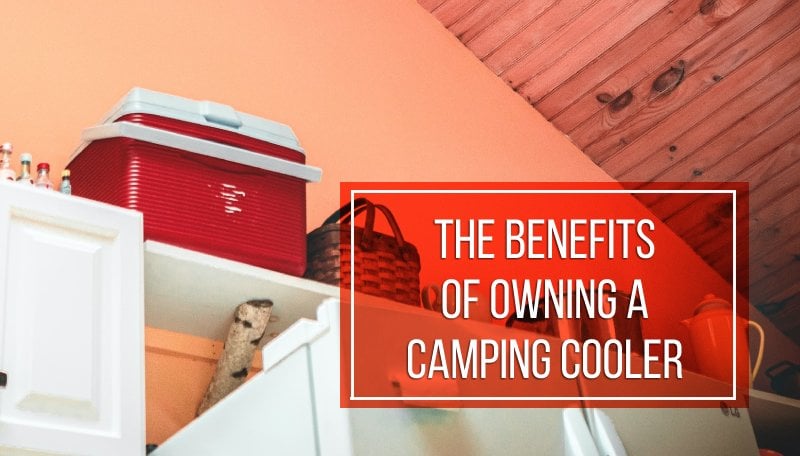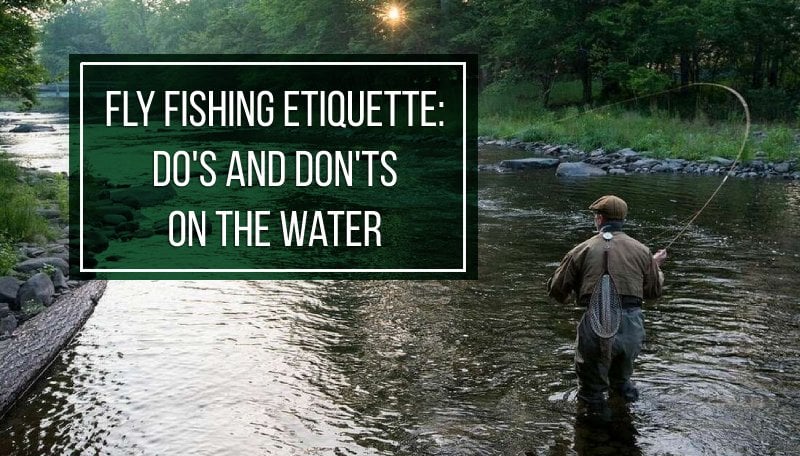Last Updated on
By Seth R. Nadel
In 2000, my wife & I moved into our dream home, a log house in the mountains of Arizona. From day one, we have been living off the grid, and we thought our experiences might be of interest to you. We did not do this to be “preppers” (then called ‘survivalists’), or to be “green” but to save money. We have been very pleased with our lifestyle choice. If you were to visit, unless you heard the wind generator or saw the solar panels, or perhaps noticed the absence of power poles, you would not know we ‘do it ourselves.’
WATER
This is the simplest to solve – we had a well drilled, and a septic system installed. We did choose to use an above ground storage tank, so we could control our electric usage – something I will cover in detail below. This turned out to be a wise decision, as nothing lasts forever, and our submersible well pump quit after 12 years. No real problem, as we always keep the 1,000 gallon tank at least ½ full, so we just watched our consumption until the new pump arrived and was installed.
The only other water issue was a failure to have professional heat tape installed, which resulted in a frozen and burst pipe, with all the water draining out of the tank. Since we do, on occasion, get sub-zero temperatures, we should have had this done right the first time.
One thing to be aware of in Arizona is a legal constraint. If you sell water, even once, you become a commercial water provider and must test, filter, and treat your water. We have given our neighbors water when they had a well issue, but another neighbor wanted to pay us for water – no way!
What to do with the waste water? We use a septic system located downhill of our well, of course. If your land will not ‘perk’ (pass the test for drainage of a septic system), there are alternate systems for almost any property.
HEAT/COOKING
Our home is fitted with a propane forced air heater – and we hate it! It used too much electricity and too much propane. Plus, it was ‘ON-OFF-ON-OFF’ all the time. We have not used it in a decade.
A wood stove is our solution – and fortunately, people have asked me to remove their trees (due to fire hazard), so I do it for the wood. I cut the tress to size for the stove, store it for a year, and burn it. In the coldest winters (-20 overnight on occasion), the house only gets down to 48, and in 2 hours after I start the fire, it’s cozy at 68. And we have a 2,000 square foot house, not a cabin.
We want to replace our current wood stove with a larger one that will cut the time to heat the house down. In selecting our stove, we chose one with a flat top that we could use for cooking if the propane was out. We use a special fan to distribute the heat – it uses dissimilar metals to create the electricity to turn the blades. So the heat from the stove runs the fan to spread the heat. A pellet stove will not work, as you have to buy, haul, store, and load the pellets, and the top surface cannot be used for cooking. The pellets come in 50 pound bags, harder to handle than individual pieces of wood. Plus, you cannot burn wood in those stoves, only pellets. One year there was a local pellet shortage, and some folks got really cold.
We usually cook with propane – my wife prefers it. Our only other use of propane is heating water. Using a traditional water heater, we use only one 250 gallon tank per year. After we upgrade to a ‘point of use’ or ‘endless’ hot water heater, we may get two years from one fill.
ELECTRICITY
The big consideration is electricity – and here is how it worked out. We contacted the local electric provider to find out what it would cost. We live 2 miles from the nearest power lines, so there were several issues. Their rep told us it would cost us $20,000 to bring the power from the road to the edge of our property – IF the intervening property owners did not each demand a fee for the easements! Then we would have to hire a contractor to bring the power from the edge of the property to the house – two tenths of a mile! Then he said we would be charged $300 per month regardless of how much power we used, because were would be the end of the line. But the clincher for us was his final statement – “Don’t worry, once you have power, other folks will move in near you!” – exactly what we did not want! Plus, beyond us is State land, not subject to development, so we would remain “the end of the line!” The heck with that!
We looked into a solar/wind system, and found that the complete system of solar panels, charge controller, batteries, and inverter would cost $23,000. But there would be no monthly bill, no rate increases, no concern about drunks knocking over power poles, no unexplained power outages.
Well, that was the pitch, and we went for it – but it was not all “Rainbows and Unicorns” after that. The installer we chose – he was about the only choice in the area at that time – was “odd.” He sold us some “super duper, last forever, never needs replacing batteries,” that lasted about 3 years. Then he screwed up the installation, in a number of ways:
He placed the batteries directly under the inverters. Seems all batteries vent off gases which when mixed with water (humidity) create acid – something that is not good for the electronics.
Then he sold us two expensive inverters, as we needed 220 Volts for the well pump. He could have installed one inverter (inverts 12V DC to 110 AC), and one transformer, for the same end result.
Then, he installed the two trackers, which hold the panels and track the sun, so that one blocks the other in the morning, and vice versa in the evening. So we miss out on some ‘solar time.’
Oh Yes, and he used undersized wiring all the way to the breaker box! This is not rocket science, every hardware store sells a little book that says ‘for X amps, use wire size ‘Y’!
He even installed an undersized wind generator, which found out after we set fire to two of them due to the very high winds in the spring!
I have since learned that there is no “Solar System Academy” – the installers are mostly self-taught, and all have different ideas. The next guy we used had to replace all the wiring from the solar array all the way to the breaker box. It’s a good thing we found out before we had a fire! He also got us a wind generator that stands up to our 60 MPH spring winds. Sadly, he eventually went out of business. We have since met 3 other “solar experts” who each have wildly different ideas. Much as Will Rogers said of economists, “If you laid them end to end, they would point in all directions!”
We found that batteries are “supposed” to last 8 to 10 years, but our last set only lasted 5 years. And batteries are not cheap – these are the big ’golf cart’ wet cells, which have the best record so far. The lesson is ’competition is a good thing’ – find as many solar installers as you can, talk to them all, and have your B.S. detector warmed up. Sadly, some ‘talk a good talk,’ but over promise and under perform.
We do have a gasoline backup generator, for those occasional extended periods of heavy overcast or snow and no wind. We run it for about ½ hour in the morning and ½ hour in the evening, and store the power in our regular batteries. As a side note, the local power company raised rates 50% last year – no problem to us, of course.
The Ultimate Question
How do you like it? WE LOVE IT!
Our home is ’transparent’ – we have a clothes washer (we dry them outside, so they smell fresh), Internet via satellite, a dish washer, and all the modern conveniences. Our home phone is a cell phone with a special antenna and a booster, because of our location. We have chosen not to have TV, as most of it is so bad. It’s movies via mail for us!
Other than our once a year propane fill, we just put aside about $400 per year to replace our batteries when needed. No water bill, no sewer bill, no power bill! Our major adjustment is what I call “time displacement” – Heavy power use is during the day, so the batteries can recharge. The dishwasher and laundry run during daylight. We fill the water tank when it suits us, during the day, preferably when it is breezy. Our only maintenance it to make sure every two weeks that the batteries have enough distilled water in them.
From our place we can see 4 miles to the folks across the valley, on the grid. One fine day, well after dark, we noticed there were no lights across the valley. There had not been a storm, no high winds, so at first we though there was a fog – until we saw car headlights at one house. The next day our friends told us the power had been out for 8 hours – and we never knew it! We had cooked dinner, watched a movie, taken a shower, and gone to bed, while our friends lit candles and tried to read a book! And the power utility never could explain why the power went out.
Time has moved on, and costs have come down. Fifteen years ago, the top of the line solar panel cost almost $300, and produces 80 Watts. Today, for just a bit more, you can buy a single panel that produces 285 Watts! New charge controllers condition the batteries automatically, and the latest inverters work more efficiently as well. New Lithium Ion batteries are just coming onto the market – they claim an infinite life span, but I have heard that before. If it’s true, in 10 years we will buy them.
Would we do it again? YES! Living off the grid is no big deal!! But the resulting independence is great!
